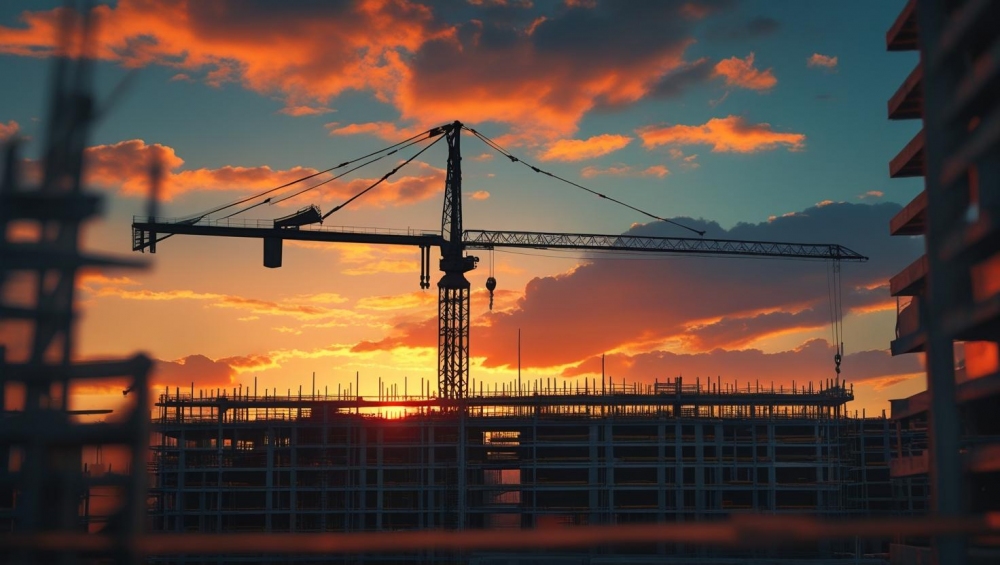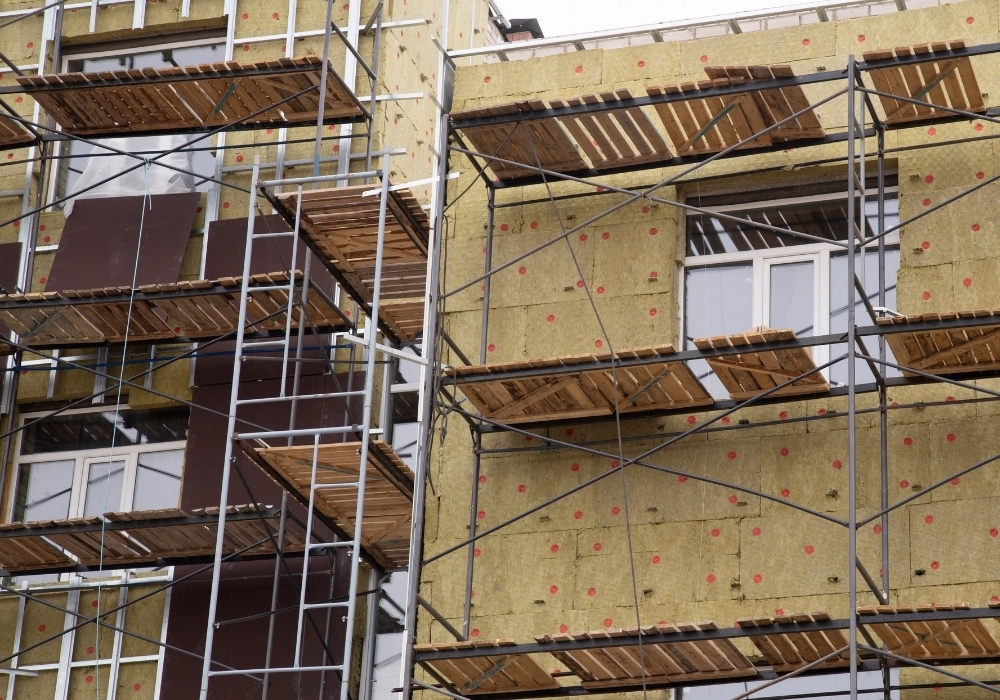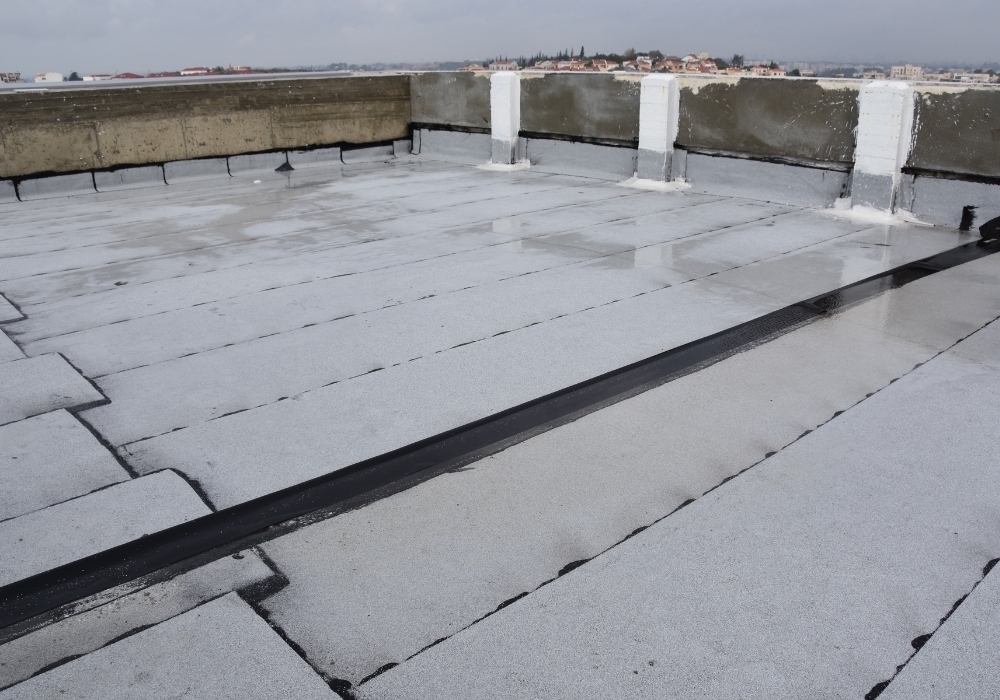
What is an Earthquake Master Plan? A Strategic Roadmap to Make Cities Safer
In countries like Turkey, located on active fault lines, earthquakes can lead to significant loss of life and property. While it's not possible to prevent these disasters, there are scientific and strategic ways to minimize their impact. This is exactly where the Earthquake Master Plan comes into play.
What is an Earthquake Master Plan?
An Earthquake Master Plan is a multidisciplinary and long-term disaster risk management and urban planning strategy aimed at increasing the physical, social, and administrative resilience of a city or region against earthquakes.
This plan doesn't just focus on the moment of the earthquake but also includes risk reduction before the event, preparedness, response during the event, recovery, and reconstruction processes. Therefore, a master plan is not only related to civil engineering but also integrates with urban planning, geology, environment, transportation, healthcare, social services, law, and communication.
What Does an Earthquake Master Plan Include?
1. Disaster Risk Analysis and Mapping
-
Geological data such as active fault lines, soil types, and liquefaction risk are collected.
-
Areas with higher earthquake risk within the city are identified.
-
These risks are visualized through maps.
2. Assessment of Existing Building Stock
-
Criteria such as building age, number of floors, structural system, and material quality are evaluated.
-
Unauthorized or uninspected buildings constructed before 1999 are identified.
-
Risky buildings are recommended for strengthening or reconstruction.
3. Earthquake-Focused Urban Transformation Policies
-
The master plan outlines neighborhood-based urban renewal strategies, not just individual buildings.
-
The social impacts of transformation are considered to prevent the victimization of disadvantaged groups.
4. Strengthening Infrastructure Systems
-
Infrastructure systems such as water, electricity, natural gas, and sewage are analyzed.
-
Potential issues during earthquakes are planned for.
-
Backup energy sources, emergency water supply, and communication systems are developed.
5. Transportation and Evacuation Planning
-
The usability of main roads, secondary roads, bridges, and viaducts during an earthquake is assessed.
-
Routes for emergency response vehicles are determined.
-
Gathering areas, temporary shelters, and transportation scenarios are created.
6. Public Education and Awareness
-
People are taught what to do before, during, and after an earthquake.
-
Disaster training and drills are conducted in schools and workplaces.
-
Volunteer disaster response teams are established.
7. Emergency Response and Coordination Mechanisms
-
Roles of municipalities, AFAD, fire departments, and health institutions are defined.
-
Logistic centers, emergency response bases, and equipment inventories are created.
-
The first 72 hours after an earthquake are strategically planned.
Why Should Every City Have an Earthquake Master Plan?
An Earthquake Master Plan:
-
Saves lives.
-
Reduces economic losses.
-
Shortens recovery time after disasters.
-
Makes urban development more controlled and safer.
-
Guides municipalities and public institutions.
In unplanned cities, the most severe problems arise after the earthquake—roads are blocked, electricity and water are cut, and people don’t know where to go. However, these scenarios can be foreseen and prepared for through a master plan.
Examples of Earthquake Master Plans in Turkey
Istanbul Earthquake Master Plan (2003)
Prepared in partnership with Boğaziçi University, ITU, METU, and Istanbul Metropolitan Municipality. The plan included risk analysis based on Istanbul’s entire building stock, soil conditions, infrastructure systems, and transportation networks.
Other cities like Izmir, Kocaeli, Bursa
These have begun to develop region-specific earthquake scenarios and plans. However, many of these plans are either incomplete or outdated.
Is There an Earthquake Master Plan for Antalya? Risks and Recommendations
Antalya is one of Turkey’s most important tourism and residential regions. Although it may not appear as high-risk as Istanbul, Izmir, or Kocaeli, it still poses significant dangers due to the presence of active fault lines.
Is Antalya’s Earthquake Risk Low?
No. Certain areas in Antalya are considered high-risk due to soil types, proximity to fault lines, and existing building stock. Especially:
-
Kumluca – Finike – Demre corridor
-
Kaş – Elmalı area
-
Alanya – Gazipaşa fault zone
These regions face surface faulting, liquefaction, and landslide risks.
Does Antalya Have an Earthquake Master Plan?
As of now, no comprehensive and publicly available Earthquake Master Plan has been published by the Antalya Metropolitan Municipality. However, statements made in 2023 indicate that:
-
Soil surveys in high-risk areas have increased.
-
A city-wide building inventory process has begun.
-
Urban renewal projects have accelerated.
But these efforts are not yet part of a complete, integrated master plan. This lack poses a serious threat for a rapidly growing city like Antalya.
Recommendations and Necessary Measures for Antalya
-
A Comprehensive Earthquake Master Plan Should Be Prepared:
A strategic citywide plan should be created, including soil maps, building stock, transportation, and infrastructure systems. -
Tourism Facilities and Hotels Must Be Inspected:
Hotels that house thousands of people during an earthquake must be structurally safe. -
Building Inventory Should Be Made Public:
The location and number of risky structures must be shared transparently with the public. -
Local Earthquake Scenarios Should Be Developed:
Emergency response plans should be tailored for each district of Antalya. -
Public Awareness Must Be Increased:
Multi-language disaster information systems should be established for migrants and tourists.
In every project, we build not just buildings, but peace of mind, trust, and a solid foundation for the future.
Strong steps begin with strong structures.
At Efil Construction, we build the future together.



